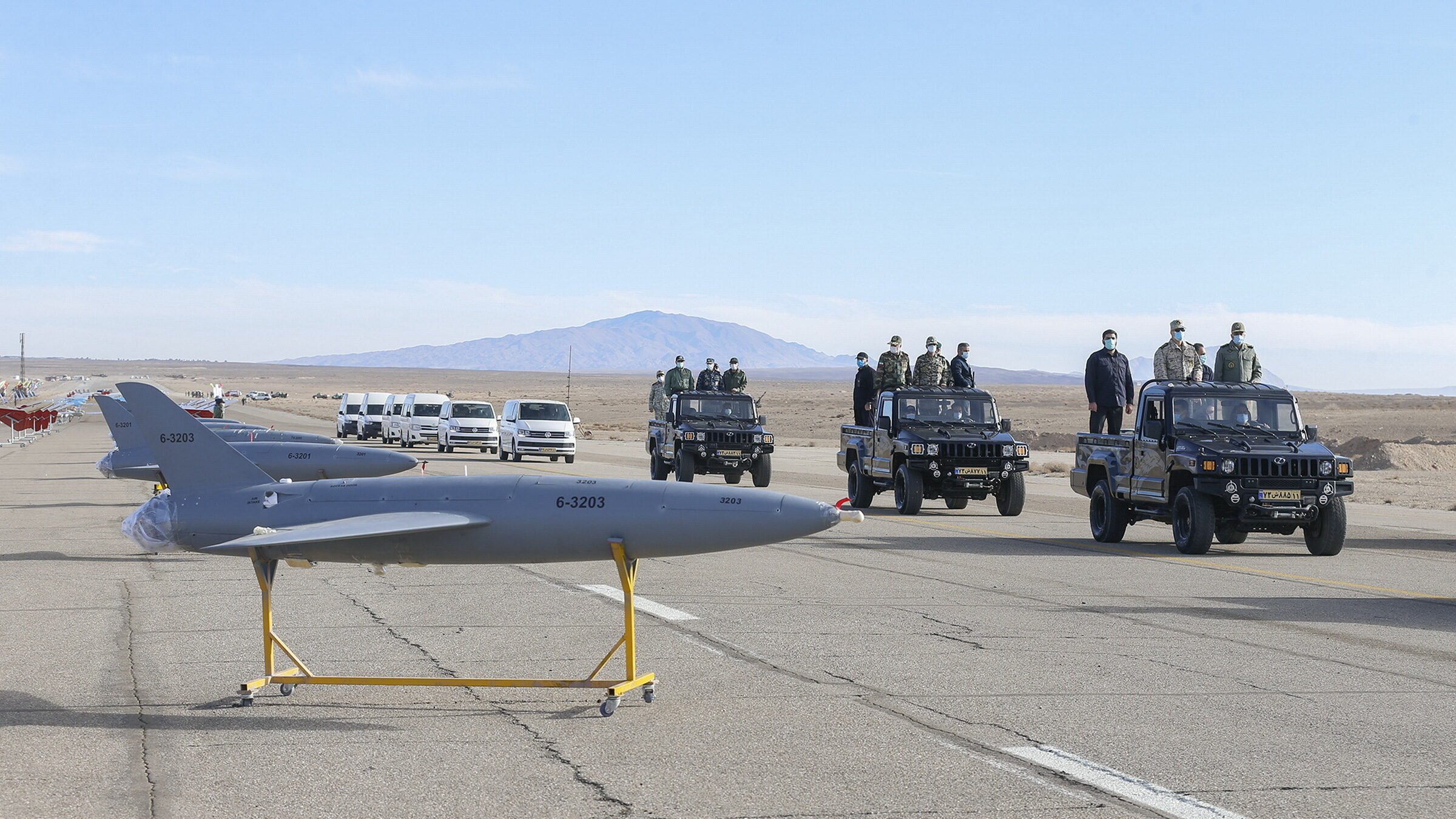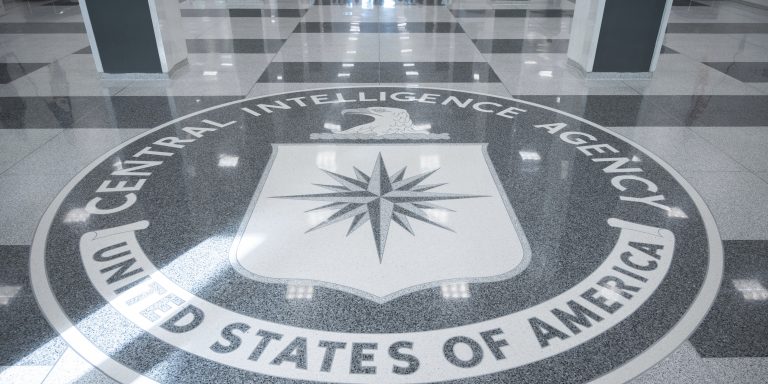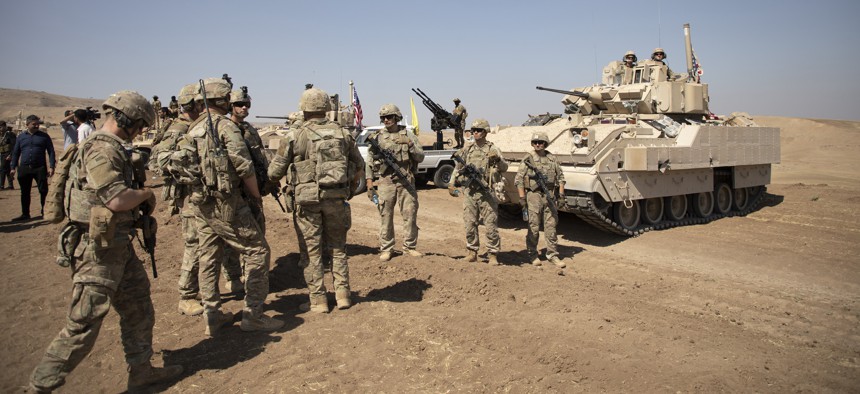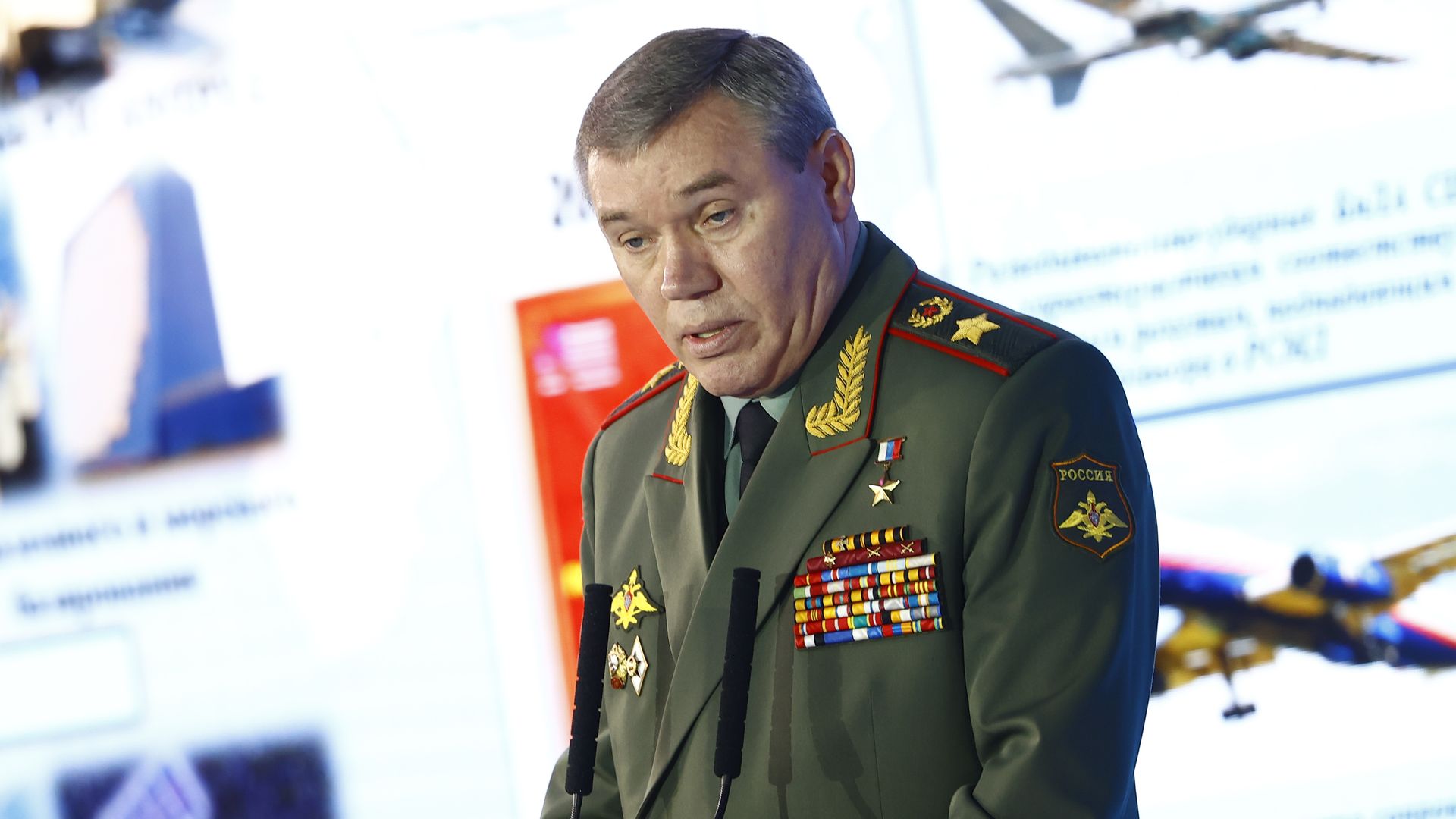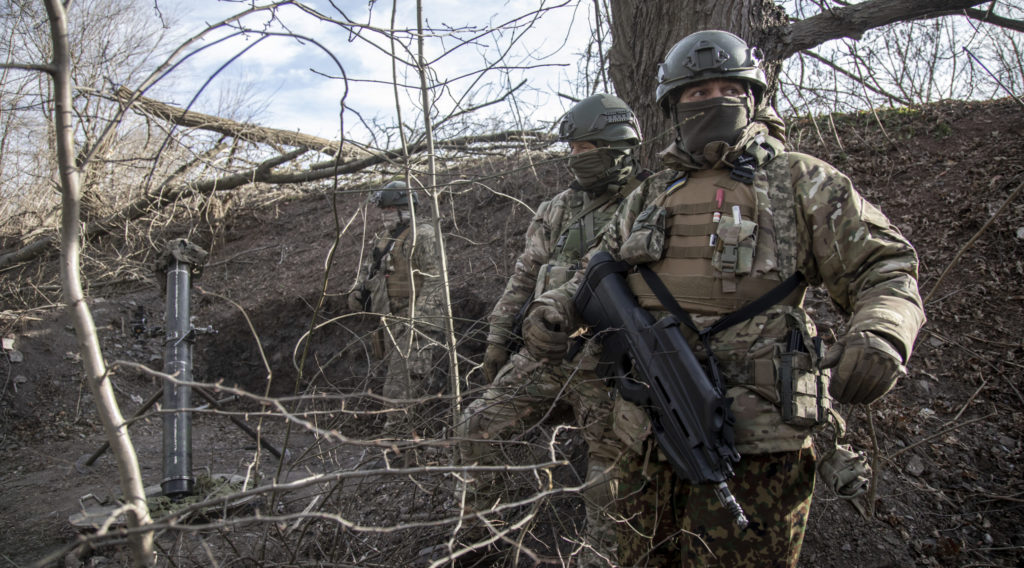Sinderpal Singh
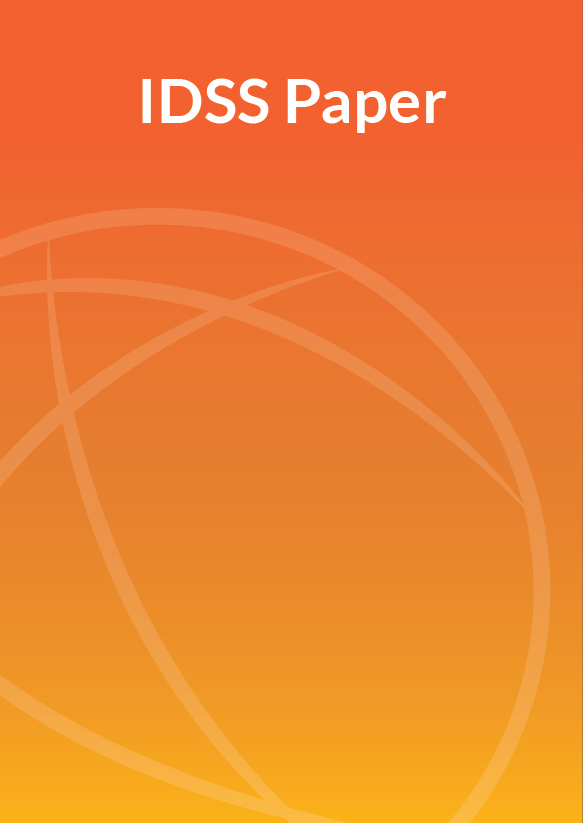
On 13 December 2022, India’s defence minister informed the Indian parliament about border clashes four days earlier between Indian and Chinese troops in the Tawang sector, part of a disputed swathe of land which includes the entire Indian-administered state of Arunachal Pradesh. This set of border clashes can be traced back to stand-offs between the two sides since 2013, with further reported clashes at Doklam in 2017 and the Galwan clashes in 2020, which led to reported deaths on both sides. Although the crisis ended quickly, tensions remain and hostilities could break out again.
This paper discusses Indian perceptions of China’s approach to the disputed border within the broader framework of India-China relations. It outlines how Indian policymakers have responded based on these perceptions as well as possible future options for India in relation to China.
Perception 1: China bases its responses to India largely on China’s relationship with the United States
Indian policymakers have long sought to frame relations with China on the basis of parity. Nehru’s idea of India and China as two ancient Asian civilisations, with comparable proud histories and comparable experiences of being exploited and humiliated by the “West”, led to his articulation of Asian solidarity at the Bandung Conference in 1955. The 1962 border war between the two states shattered this position but Indian policymakers have persisted in drawing such parallels between India and China.

